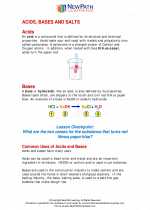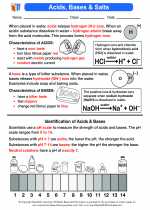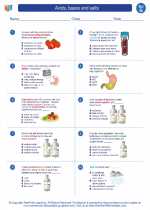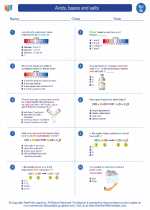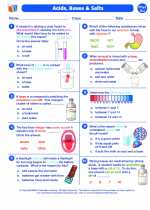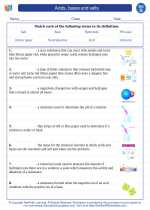Synthesis Reactions
Synthesis reactions, also known as combination reactions, occur when two or more reactants combine to form a single product. This type of chemical reaction is characterized by the general form:
A + B → AB
In a synthesis reaction, the reactants may be elements or compounds, and the product is typically a compound. The reaction may or may not involve the release of energy in the form of heat or light.
Examples of Synthesis Reactions:
1. Combination of Elements: When two elements combine to form a compound. For example:
2H₂ + O₂ → 2H₂O
2. Combination of Compound and an Element: When a compound reacts with an element to form a new compound. For example:
2Mg + O₂ → 2MgO
3. Combination of Compound and a Compound: When two compounds react to form a new compound. For example:
CaO + H₂O → Ca(OH)₂
Characteristics of Synthesis Reactions:
- Formation of a single product
- Combination of two or more reactants
- Potential release of energy
Study Guide for Synthesis Reactions:
When studying synthesis reactions, it is important to understand the following key points:
- Reactants: Identify the reactants involved in the reaction and determine their chemical formulas.
- Product: Determine the chemical formula of the product formed as a result of the reaction.
- Energy: Determine if the reaction releases or absorbs energy, and understand the implications of energy changes in the reaction.
- Balance Equations: Practice balancing the chemical equations for synthesis reactions to ensure conservation of mass.
Understanding synthesis reactions is essential in the study of chemistry, as they provide insights into how substances combine to form new compounds and molecules.
.